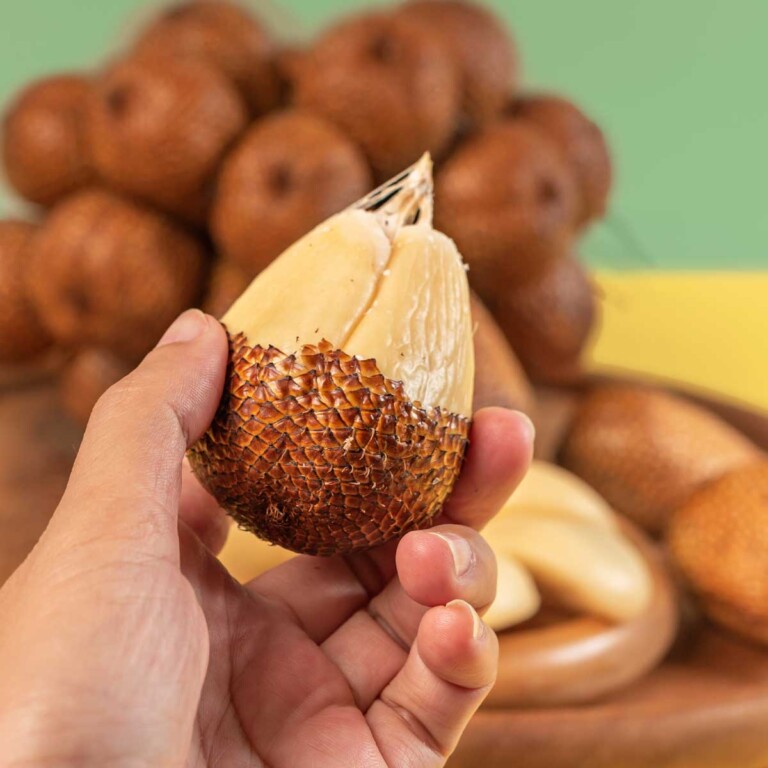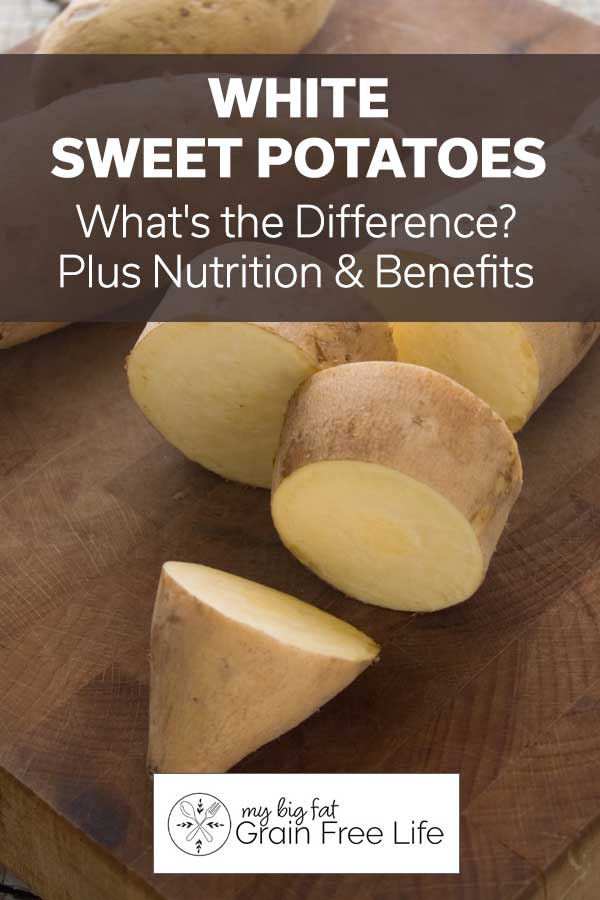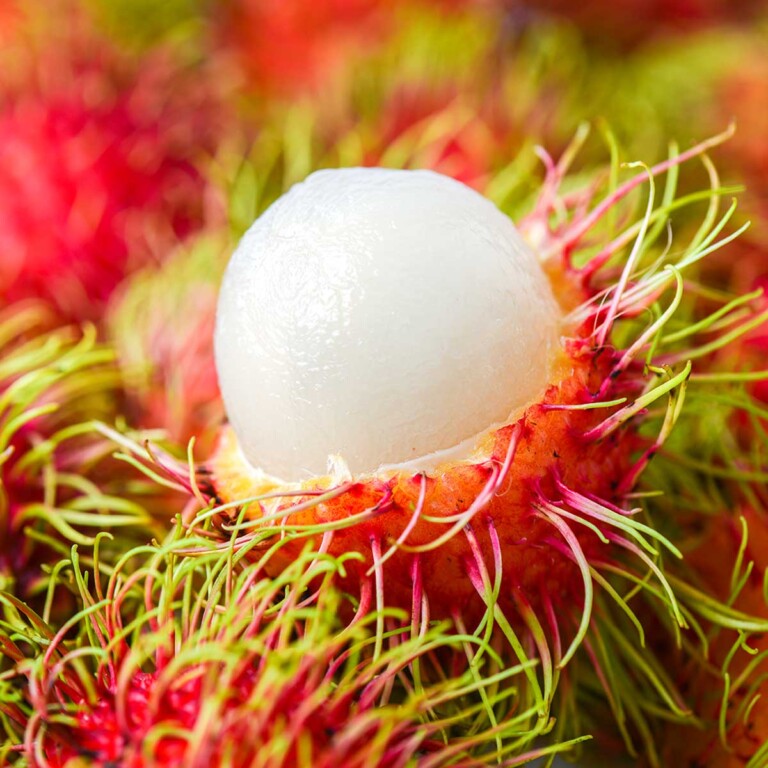What is Hearts of Palm? Benefits + Unique Ways to Cook It
This post may contain affiliate links. If you make purchase after clicking a link, I may receive a commission at no extra cost to you.
Last Updated on February 8, 2024
Before I started on my healing journey through food, I had not heard of many foods. Hearts of palm is one such vegetable I had no clue about. What is hearts of palm? This low-carb vegetable can be used in a variety of ways, even as pasta alternative! Read on to learn more about hearts of palm.
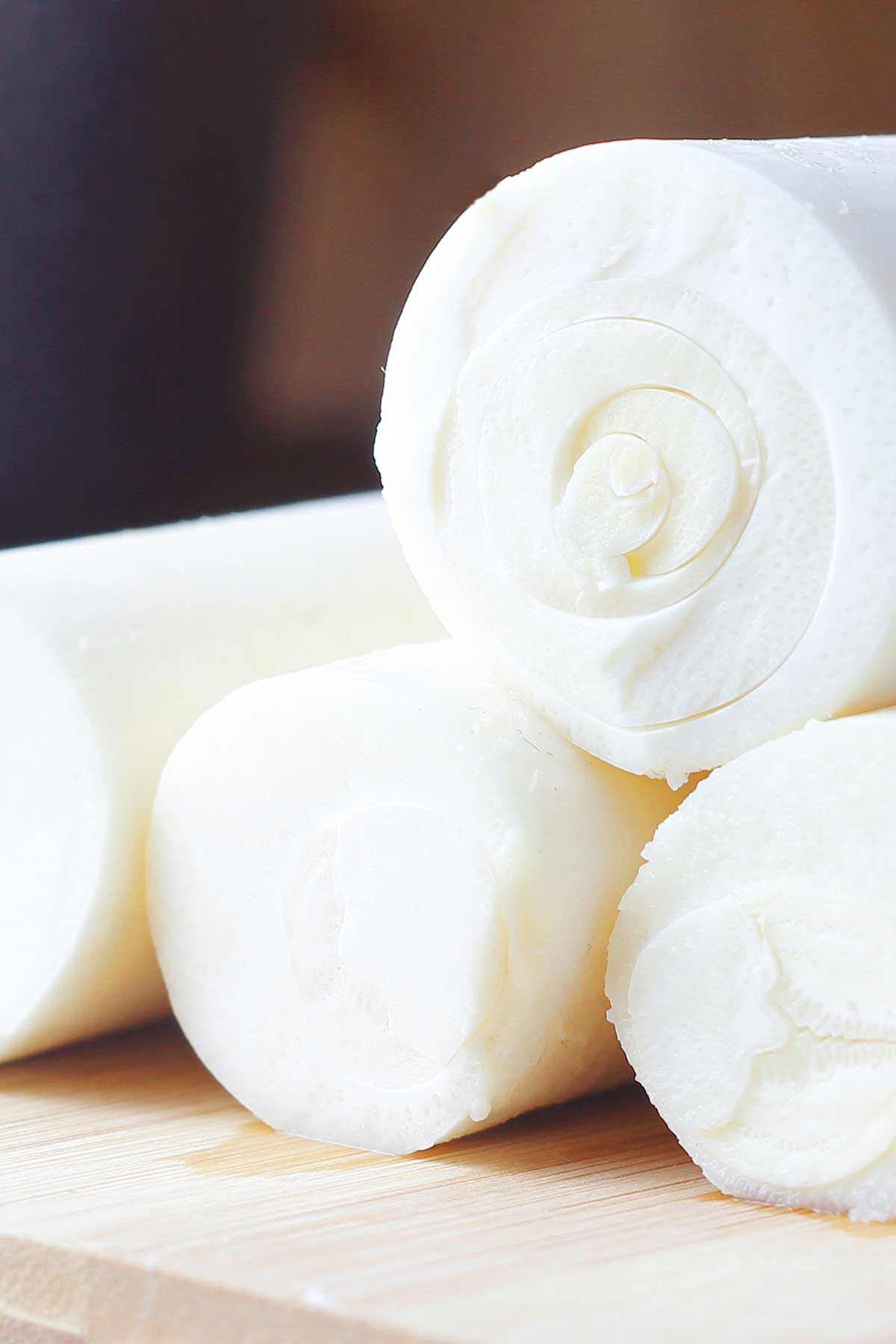
Hearts of Palm
Hearts of palm, also known as palm hearts, are a delicious and nutritious vegetable that often goes overlooked. There are various health benefits associated with hearts of palm and some fun ways to eat it.
Not sure about hearts of palm? Here’s what you need to know.
What is Hearts of Palm?
Hearts of palm are the tender inner core or bud of certain palm trees. They are considered a unique ingredient due to their delicate flavor and silky texture.
Hearts of palm are often compared to artichoke hearts or white asparagus in terms of taste and appearance. They are are low in carbs and calories while being a good source of protein.
Where Does Heart of Palm Come From?
Hearts of palm come from various species of palm trees that grow predominantly in South America, Central America, and Southeast Asia.
The most common way to obtain hearts of palm is by harvesting the inner core or bud of these palm trees. Some well-known varieties include sabal palms, coconut palms, and cabbage palms. Conservation laws are in place to ensure sustainable harvesting practices.
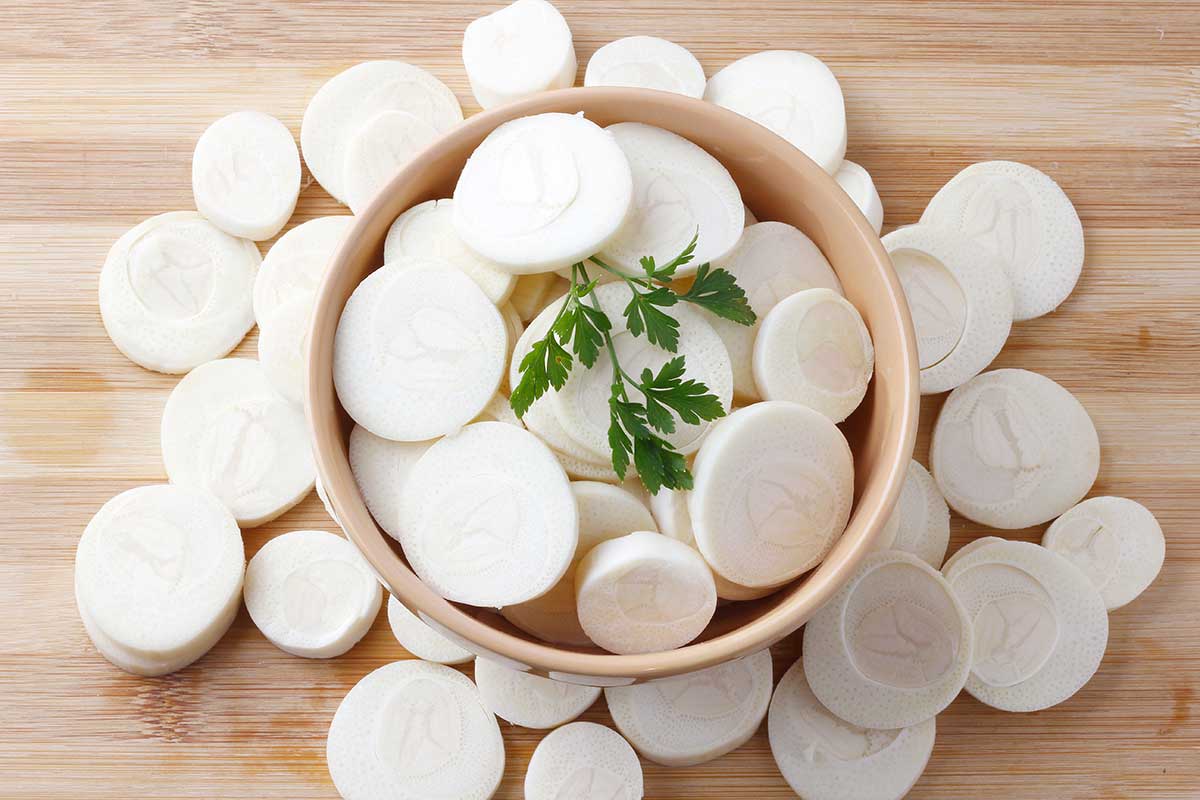
Hearts of Palm Nutrition Facts
Hearts of palm have a low carb content, making them suitable for those following a keto or low-carb diet. They are also rich in fiber, which aids in digestion and helps maintain satiety.
Hearts of palm are a good source of vitamin B and contain different amino acids that contribute to overall nutritional value. Additionally, they provide polyphenol antioxidants that help combat free radicals.
Hearts of Palm Taste and Texture
Hearts of palm have a mild taste similar to other white vegetables like jicama or water chestnuts. They offer a nutty flavor with hints of citrus when prepared properly.
The texture is smooth and silky, resembling crab meat or cooked artichoke hearts. This makes hearts of palm great to use in a variety of dishes such as salads, pasta alternatives like hearts of palm noodles or gluten-free pasta, and even vegan ceviche.

How to Eat Hearts of Palm
There are several ways to enjoy hearts of palm. Here are some ideas:
- Salad: Toss hearts of palm with leafy green vegetables, cherry tomatoes, cucumber, and a light vinaigrette for a refreshing salad.
- Dip: Blend hearts of palm with Greek yogurt, garlic, lemon juice, and herbs to make a creamy and flavorful dip.
- Ceviche: Marinate hearts of palm in lime juice and spices, then serve it as a tangy and delicious ceviche.
- Riced Hearts of Palm: Use hearts of palm in a “riced” format to substitute for rice or even orzo pasta in recipes.
- Pasta Substitute: Use hearts of palm noodles as a low-carb alternative to pasta in your favorite pasta dishes.
- Hearts of Palm Sushi Rolls: Roll hearts of palm with avocado, cucumber, and nori sheets for a unique sushi roll filling.
- Stir-Fry: Add hearts of palm to stir-fries with cruciferous vegetables and protein for a nutritious and satisfying meal.
- Pizza Topping: Slice hearts of palm thinly and use them as a topping on your homemade pizza for added texture and flavor.
- Soup: Blend cooked hearts of palm with vegetable broth or chicken stock and seasonings to create a creamy and comforting soup.
- Vegetarian Tacos: Fill soft tortillas with sliced hearts of palm, salsa, avocado, and your choice of toppings for tasty vegetarian tacos.
- Grilled Skewers: Thread marinated hearts of palm onto skewers and grill them until charred for a smoky appetizer or side dish.
Health Benefits of Hearts of Palm
Hearts of palm are a nutritious and delicious addition to any healthy diet. They offer several health benefits, including:
Antioxidant Activity
Hearts of palm are rich in antioxidants that help protect cells from damage caused by oxidative stress and free radicals.
Anti-inflammatory Properties
Hearts of palm have anti-inflammatory effects due to the presence of certain compounds that can help reduce inflammation in the body.
Aids in Nutrient Absorption
The fiber in hearts of palm helps enhance nutrient absorption by slowing down digestion and allowing for better absorption of vitamins and minerals.
Promotes Heart Health
Hearts of palm are low in cholesterol and contain healthy fats that promote cardiovascular health.
Supports Gut Microbiome Health
Hearts of palm are a source of prebiotic fiber, which promotes the growth of beneficial bacteria in the gut, supporting a healthy gut microbiome.
Aids Weight Management
With their low calorie and high fiber content, hearts of palm can help with weight loss or maintenance.
Supports Digestive Health
The fiber in hearts of palm aids in digestion and helps prevent constipation.
Promotes Healthy Bones
Hearts of palm contain minerals like calcium and magnesium, which are essential for maintaining strong bones.
May Help Regulate Blood Sugar
The low glycemic index of hearts of palm makes them a great food option for individuals with diabetes or those looking to manage blood sugar levels.
Enhances Eye Health
Hearts of palm are rich in vitamin A, which is important for maintaining good vision and eye health.

Promotes Healthy Skin
The antioxidants found in hearts of palm can help protect the skin from damage caused by free radicals, promoting a healthy complexion.
Immune System Support
Hearts of palm contain vitamin C, which plays a crucial role in supporting the immune system and fighting off infections.
Supports Energy Production
The B-vitamins present in hearts of palm help convert food into energy, aiding in overall energy production within the body.
Supports Liver Health
Hearts of palm contain nutrients that support liver function and promote detoxification processes within the body.
May Help Prevent Cancer
Some compounds found in hearts of palm have been shown to have potential anticancer effects, helping to prevent the growth and spread of cancer cells.
Hydration Support
With their high water content, hearts of palm can contribute to hydration and help maintain proper fluid balance within the body.
Promotes Cognitive Function
The B-vitamins in hearts of palm are important for brain health and can support cognitive function.
Contains Anti-aging Properties
Hearts of palm’s antioxidant properties help combat the signs of aging by reducing oxidative stress and promoting healthy skin.
Promotes Muscle Health
Hearts of palm contain potassium, which is essential for muscle contraction and maintaining proper muscle function.
Where to Buy Hearts of Palm
Hearts of palm can be found in most local grocery stores, health food stores, and online retailers.
Brands like Native Forest Organic Hearts of Palm Project and Trader Joe’s offer high-quality options. Look for hearts of palm in the canned vegetable section or specialty foods aisle. They are typically sold in solid tube-like containers, bags, jars, or cans.
How to Store Fresh Hearts of Palm
To store fresh hearts of palm, follow these steps:
- Remove any outer layers: Start by peeling off any tough or fibrous outer layers of the hearts of palm. This will help expose the tender inner portion for storage.
- Rinse with cold water: Give the hearts of palm a thorough rinse under cold water to remove any dirt or debris.
- Pat dry: Use a clean kitchen towel or paper towels to gently pat dry the hearts of palm. Ensuring they are completely dry will prevent moisture from causing spoilage.
- Wrap in damp paper towels: Take a few sheets of paper towels and dampen them slightly with water. Wrap the hearts of palm in the damp paper towels, making sure to cover them completely.
- Place in an airtight container: Transfer the wrapped hearts of palm into an airtight container or resealable plastic bag. This will help maintain their freshness and prevent them from drying out.
- Store in the refrigerator: Keep the hearts of palm in the refrigerator at a temperature between 32°F (0°C) and 40°F (4°C). This cool environment will extend their shelf life.
- Check periodically: Periodically check on the hearts of palm to ensure they remain fresh and haven’t developed any signs of spoilage, such as discoloration or an unpleasant odor. They should last in the fridge for up to 7 days when properly stored following these directions.
Storing Canned Hearts of Palm
Once opened, unused hearts of palm should be transferred to an airtight container and stored in the refrigerator. They can remain fresh for up to one week when properly sealed and refrigerated.
Hearts of Palm Vs Artichoke
While hearts of palm are often compared to artichoke hearts due to their similar texture and taste, there are some differences between the two.
Hearts of palm have a milder taste compared to artichoke hearts, which have a more vegetal flavor. Additionally, artichoke hearts come from the artichoke plant, while hearts of palm come from various species of palm trees.
Also see: Jerusalem Artichoke Vs Artichoke
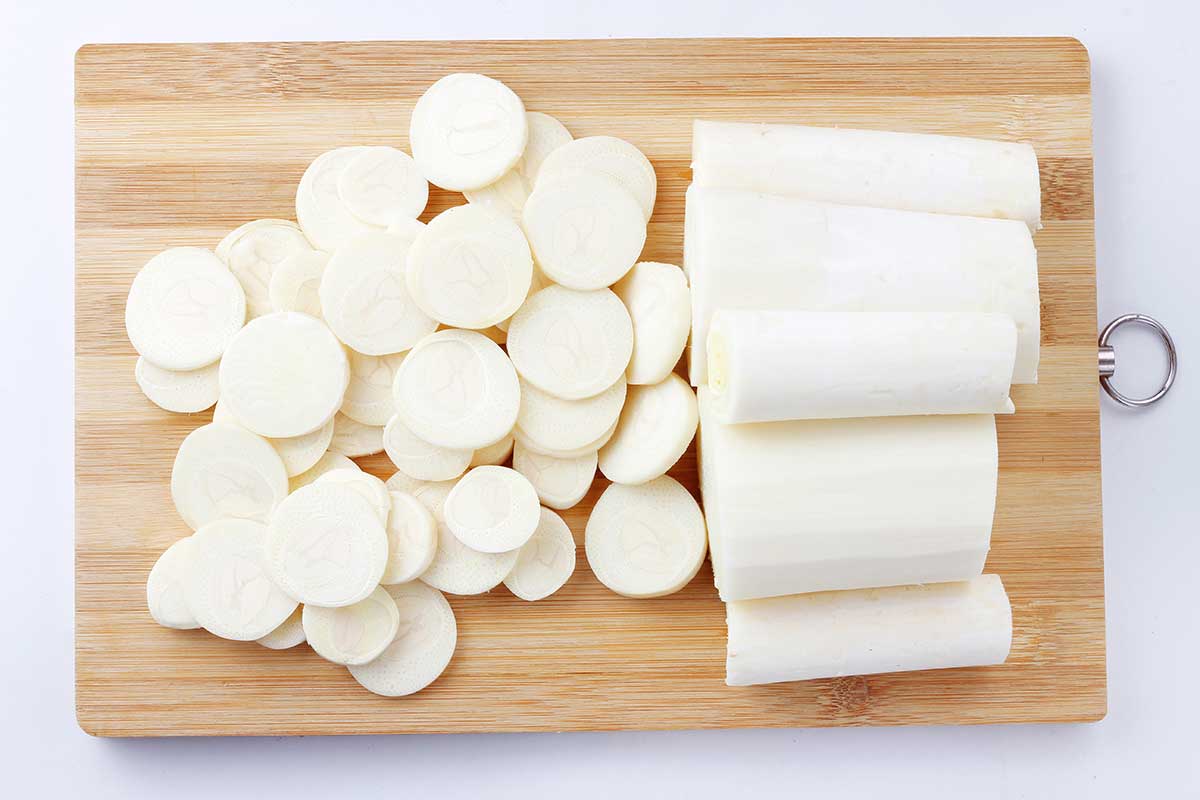
Questions About Hearts of Palm
Do you still have some questions about hearts of palm?
Can You Eat Hearts of Palm Raw?
Yes, you can eat hearts of palm raw. In fact, they are often enjoyed raw in salads or used as a refreshing addition to dishes like vegan ceviche. However, it is important to rinse them thoroughly before consuming raw hearts of palm.
How do You Eat a Fresh Heart of Palm?
To eat a fresh heart of palm, start by removing any outer layers until you reach the tender inner core. Rinse the heart of palm under cold water to remove any dirt or debris. From there, you can slice it into thin rounds or julienne strips to use in salads or other recipes.
Do You Have to Rinse Hearts of Palm?
Yes, it is recommended to rinse hearts of palm before using them in any recipe. This helps remove any excess citric acid or brine that may be present from the canning process.
Is Hearts of Palm Healthy?
Hearts of palm are considered a healthy food choice due to their low-carb and high fiber content. They are also a good source of protein and contain essential vitamins and minerals. Additionally, hearts of palm have been associated with heart health benefits, such as helping to lower blood pressure levels.
Where is The Heart of Palm on a Palm Tree?
The heart of palm is located at the center of certain palm tree species. It is the innermost part, often referred to as the bud or core. Harvesting the heart of palm involves carefully removing this inner core from the tree without damaging it.
What are the Side Effects of Hearts of Palm?
Hearts of palm are generally safe for consumption and do not have significant side effects when eaten in moderation. However, some individuals may experience digestive discomfort if they consume large amounts due to their high fiber content. If you have specific dietary restrictions or concerns, it’s best to consult with a healthcare professional before incorporating hearts of palm into your diet.
Why is Heart of Palm So Expensive?
The costliness of hearts of palm can be attributed to several factors. Firstly, harvesting hearts of palm requires skilled labor and careful extraction techniques, which adds to production costs.
Additionally, conservation laws regulate harvesting practices, limiting supply and increasing demand. The transportation and importation process from countries like Costa Rica also contribute to higher prices in some regions.




